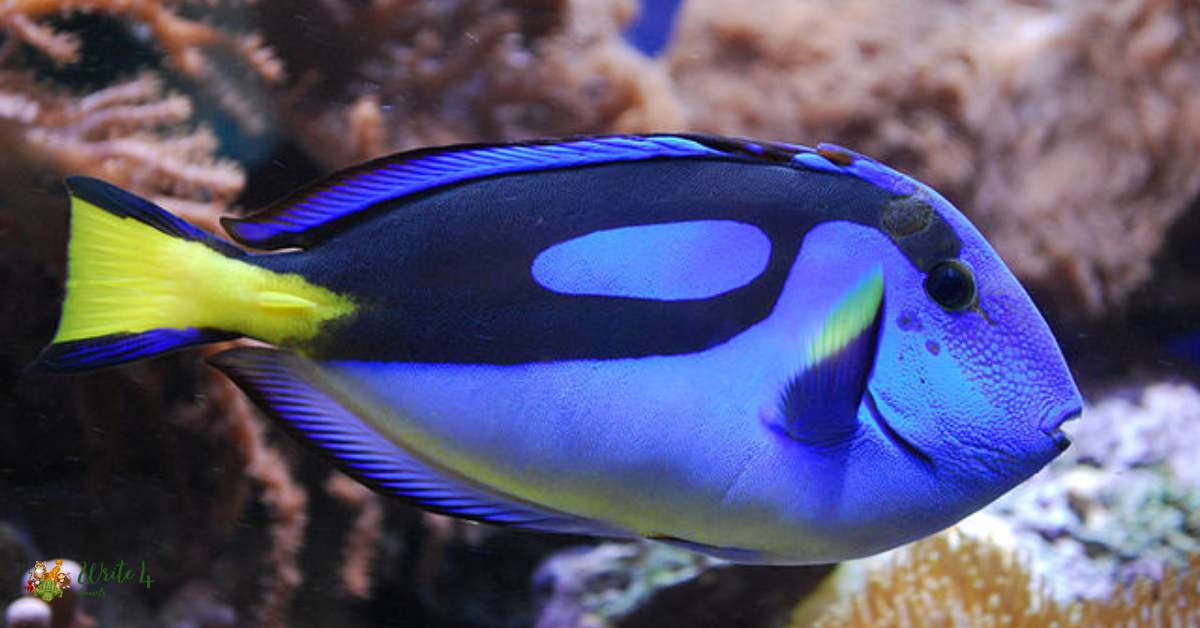In the vast expanse of our oceans, a hidden treasure of nutrition thrives beneath the waves – seaweed. Beyond being a mere underwater decoration, seaweed plays a crucial role in marine ecosystems. Surprisingly, numerous animals have adapted to include this oceanic greenery in their diets.
Let’s dive into the fascinating world of marine munchies and unveil the surprising array of creatures that make seaweed a staple in their meals.In this article we will share about 15 animals that eats seaweed.
15 Animal that eats seaweed
1. Kelp Crab (Pugettia productus)
Kelp crabs, inhabitants of vibrant kelp forests, are agile crustaceans adorned with striking colors. Their specialized appendages and sharp pincers allow them to navigate the complex environment of underwater vegetation.
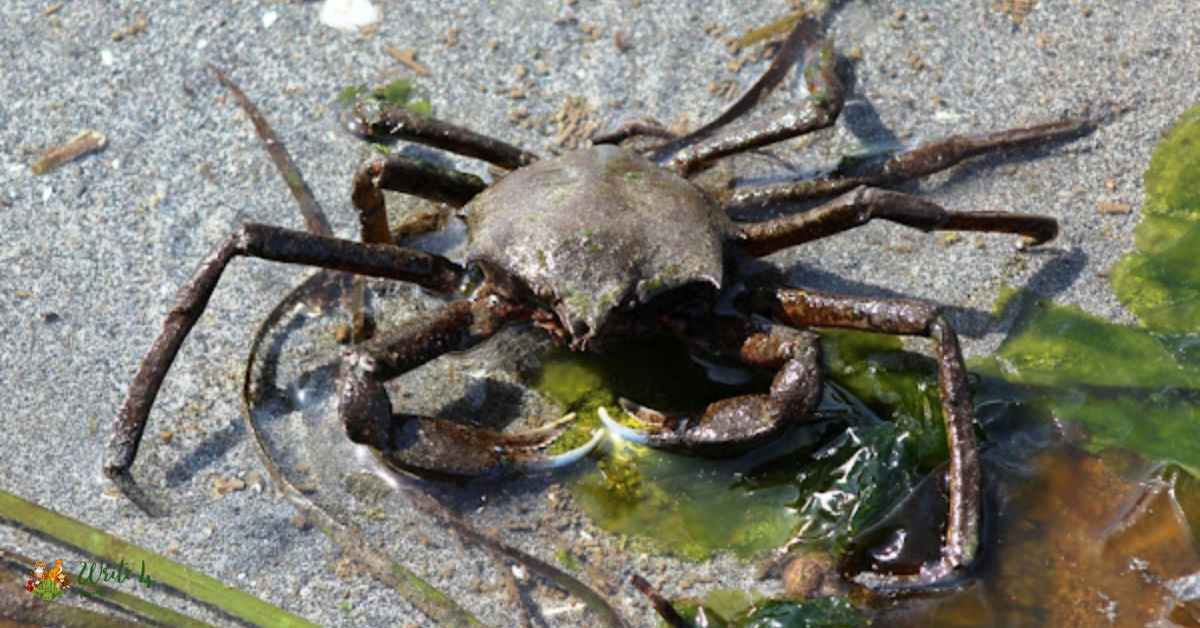
Adapted to a herbivorous lifestyle, these crabs play a crucial role in the ecosystem by consuming various species of seaweed. By regulating the abundance of algae, they contribute to the balance of marine plant communities.
Kelp crabs exhibit remarkable feeding behaviors, delicately picking and consuming algae with precision. As part of the intricate web of marine life, these crabs showcase nature’s adaptability and highlight the importance of herbivores in maintaining the health and diversity of coastal ecosystems.
2. Green-Boned Butterfish (Odax pullus)
The green-boned butterfish, a captivating marine fish, thrives along rocky shores, showcasing a unique adaptation to its environment. With its vibrant colors and distinct body shape, this herbivorous fish is a specialist in feeding on brown algae, particularly seaweed.
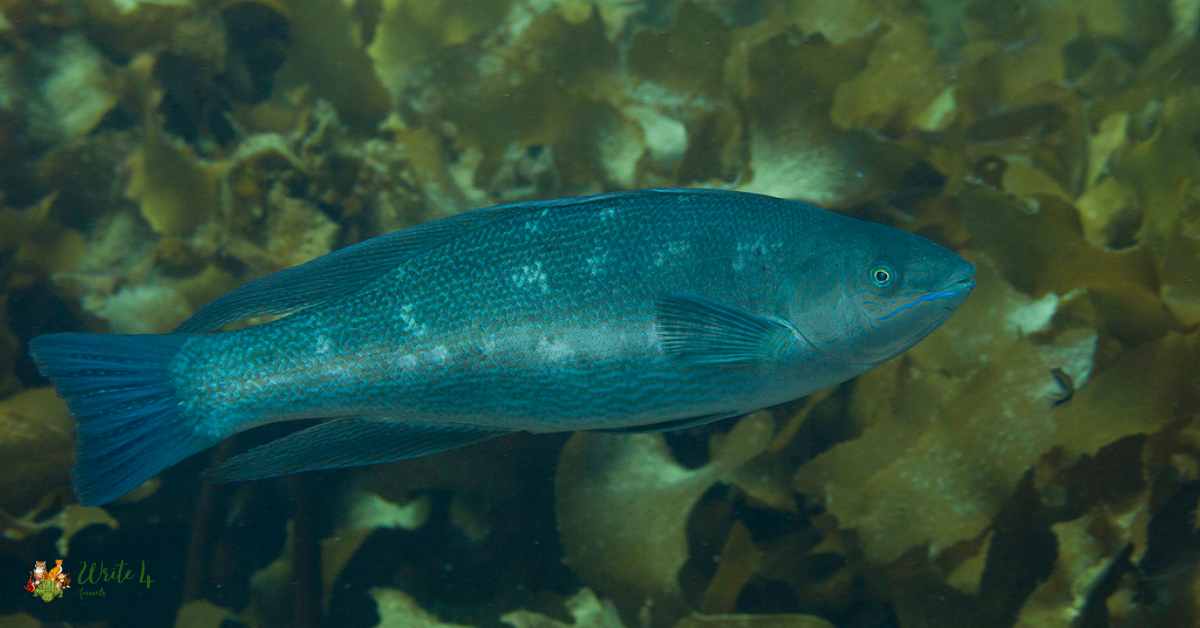
This dietary preference makes it a vital component of the rocky shore ecosystems, influencing the distribution and abundance of algae species. Green-boned butterfish actively forages for seaweed, using its specialized jaws to crop and consume marine plants.
As an essential link in the marine food chain, this species exemplifies the interconnectedness of marine life and underscores the significance of herbivores in shaping coastal habitats.
3. Kelp Bass (Paralabrax clathratus)
In the coastal waters of the Pacific Ocean, the kelp bass stands out as a formidable predator with a versatile palate that includes small fish and various species of seaweed.
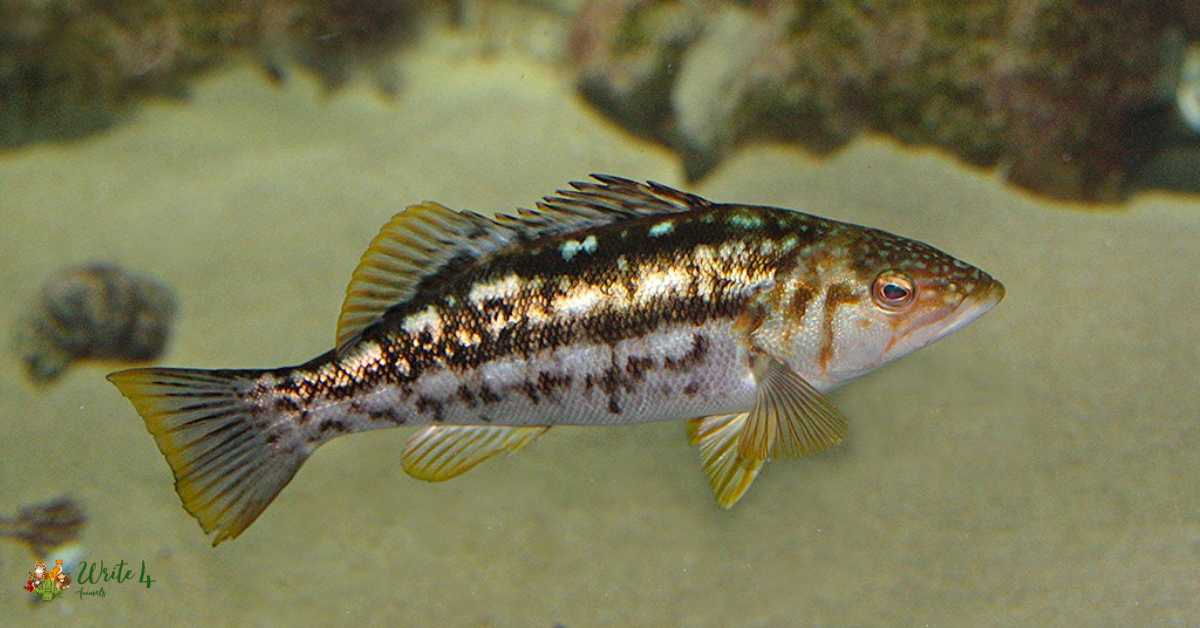
This carnivorous fish plays a crucial role in regulating the population of smaller marine organisms, contributing to the overall balance of marine ecosystems. Kelp bass are often associated with kelp forests, where they navigate through the towering seaweed in search of prey.
Their ability to adapt their feeding habits highlights the resilience of marine species in diverse habitats. As an integral part of the intricate food web, the kelp bass showcases the dynamic relationships within the underwater world, emphasizing the interconnectedness of marine life.
4. Pacific Blue Tang (Paracanthurus hepatus)
Recognizable for its vibrant blue coloration and distinct shape, the Pacific blue tang is a herbivorous fish found in coral reef environments. Feeding primarily on algae and seaweed, this species contributes to the natural balance of reef ecosystems.
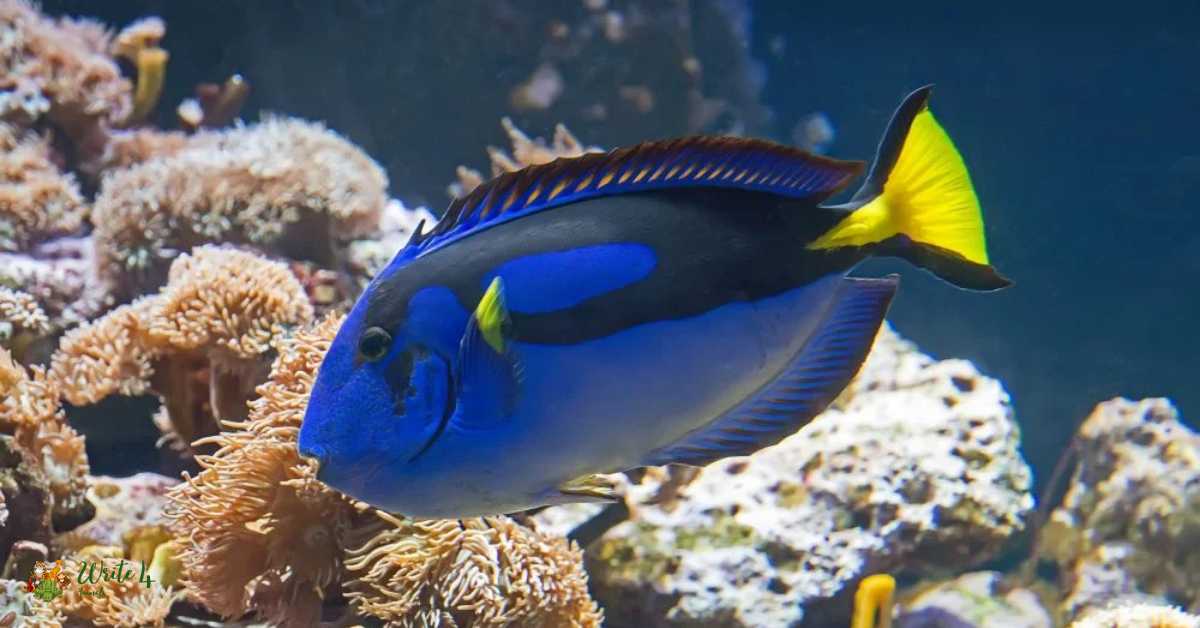
Pacific blue tangs use their specialized mouths and teeth to graze on various types of marine plants, preventing the overgrowth of algae on coral reefs. Their role as herbivores is vital for maintaining the health and diversity of coral communities.
Beyond their ecological significance, these charismatic fish have captured the hearts of many as popular aquarium inhabitants, drawing attention to the importance of preserving their natural habitats for the well-being of marine ecosystems.
5. California Spiny Lobster (Panulirus interruptus)
The California spiny lobster, a crustacean dwelling in the rocky coastal areas of the Pacific, is not merely a scavenger but an active consumer of seaweed. These lobsters play a vital role in nutrient cycling as they feed on a variety of marine plants, including different species of algae.
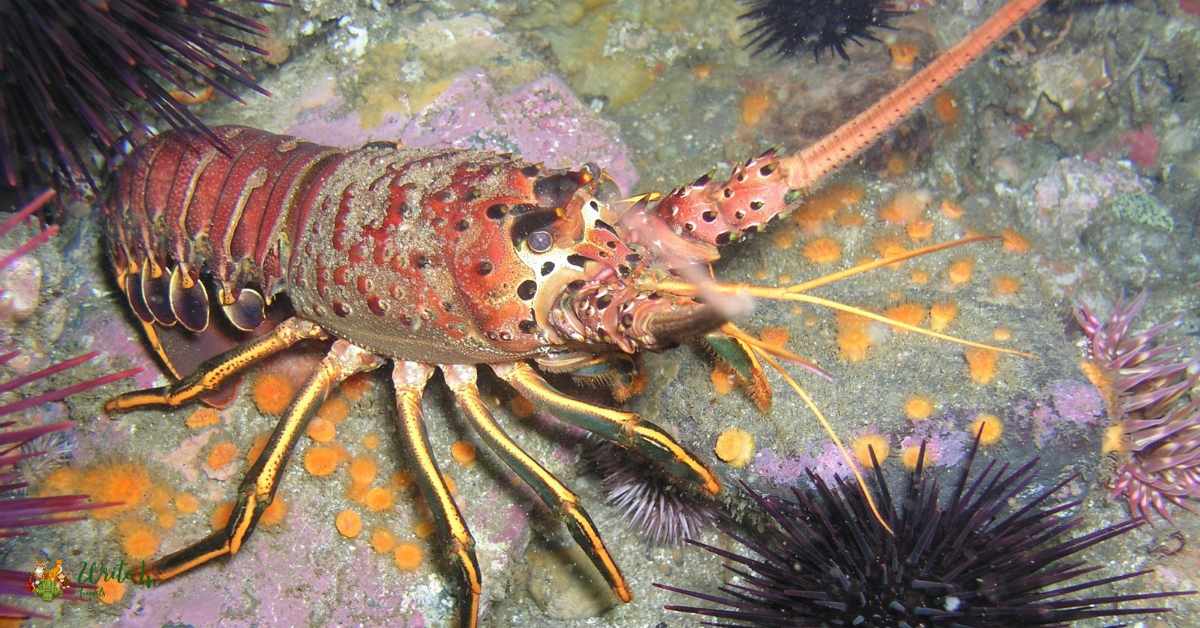
Their omnivorous diet showcases adaptability, allowing them to thrive in diverse habitats. California spiny lobsters use their powerful pincers to grasp and consume seaweed, contributing to the natural processes that maintain the balance of coastal ecosystems. As nocturnal foragers, they navigate the rocky terrain, exhibiting a dynamic interaction with their environment.
Understanding the feeding habits of these lobsters sheds light on the intricate relationships within marine communities and emphasizes their importance in sustaining the health of coastal habitats.
6. Common Brittle Star (Ophiothrix fragilis)
Common brittle stars, close relatives of starfish, inhabit marine environments worldwide, showcasing remarkable flexibility and adaptability. Some species within this group are known to feed on small particles and algae, including seaweed.
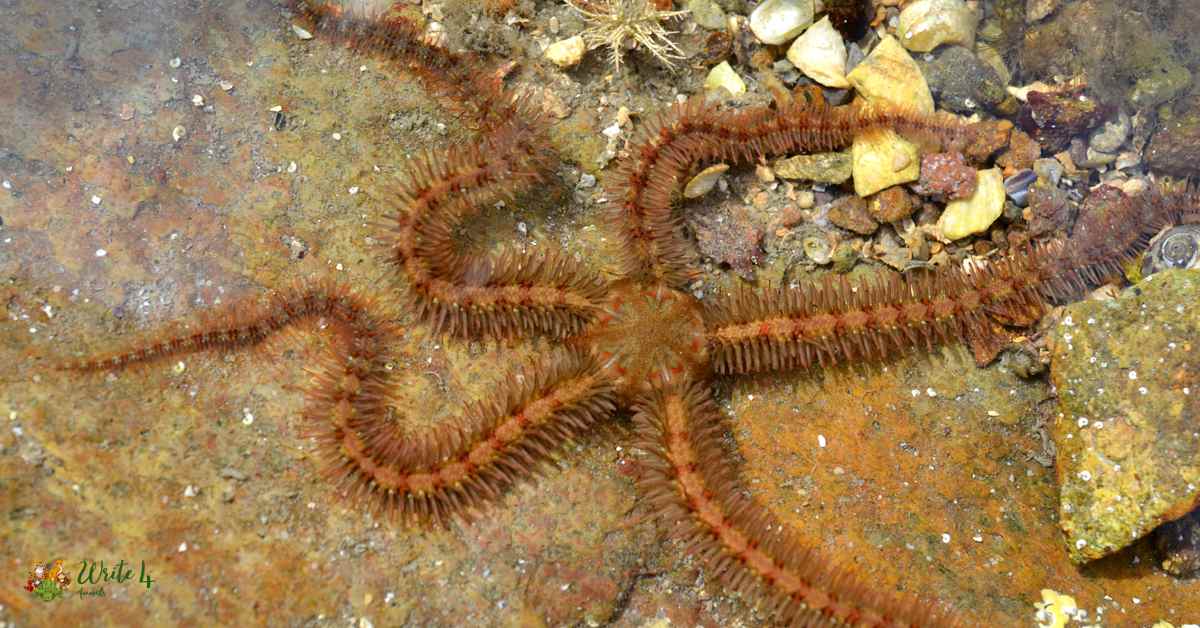
With their slender arms and intricate movements, common brittle stars navigate the ocean floor, actively participating in nutrient cycling. Their feeding habits contribute to the breakdown of organic matter, influencing the availability of nutrients for other marine organisms.
Common brittle stars showcase the importance of filter-feeding in maintaining water clarity and nutrient balance in marine ecosystems. As intriguing members of the benthic community, these organisms highlight the diverse strategies employed by marine life to thrive in different ecological niches.
7. Blue Perch (Medialuna californiensis)
Blue perch, inhabitants of rocky reefs along the Pacific coast, are herbivorous fish that play a crucial role in shaping the structure of marine communities. With a diet predominantly consisting of algae, including various species of seaweed, these fish contribute to the regulation of marine plant populations.
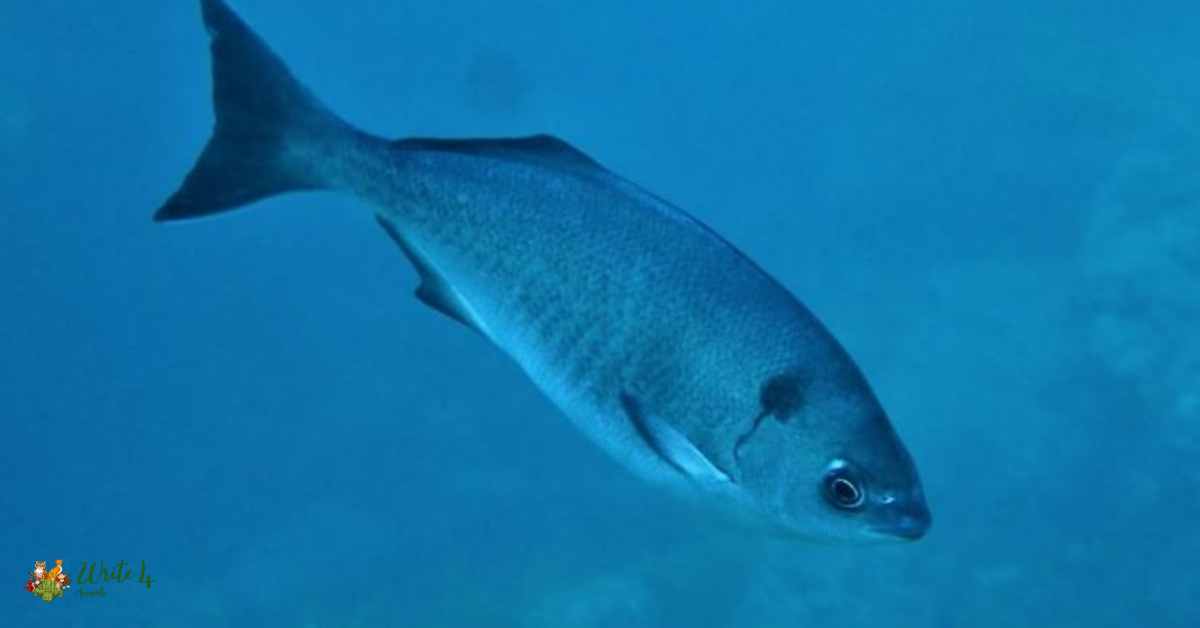
Blue perch actively forage for seaweed, using their specialized jaws to crop and consume algae. Their presence influences the composition of benthic communities, showcasing the interconnectedness of marine life.
As herbivores, blue perch exemplify the delicate balance within ecosystems, where the abundance of certain species is regulated by the feeding habits of specific marine organisms.
Understanding the role of these fish in nutrient cycling and ecosystem dynamics highlights the importance of herbivores in maintaining the health and diversity of coastal habitats.
8. Bristle Worms (Polychaeta)
Bristle worms, a diverse group of segmented marine worms, inhabit a range of marine environments, showcasing various feeding habits. Some species within this group are known to graze on algae, including different types of seaweed. With their flexible bodies and numerous bristle-like appendages, bristle worms navigate the ocean floor, actively participating in the breakdown of organic matter.
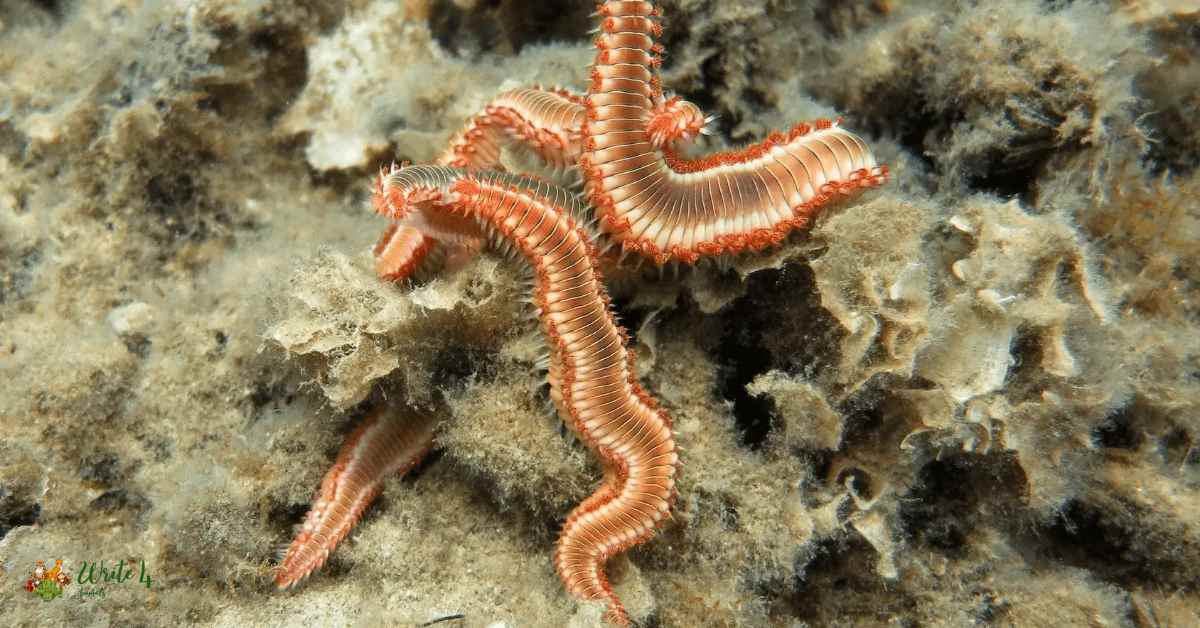
Their feeding habits contribute to nutrient cycling, influencing the availability of essential elements for other marine organisms. Bristle worms are essential components of benthic communities, showcasing the intricate web of interactions that sustain marine ecosystems.
Understanding the ecology of these worms sheds light on the processes that shape the composition and dynamics of underwater environments, highlighting the importance of diverse feeding strategies in marine life.
9. Purple Sea Urchins (Strongylocentrotus purpuratus)
With their spherical bodies covered in protective spines, purple sea urchins are iconic herbivores found along the rocky shores of the Pacific Ocean. These grazers play a vital role in controlling the abundance of seaweed, particularly in kelp forests.
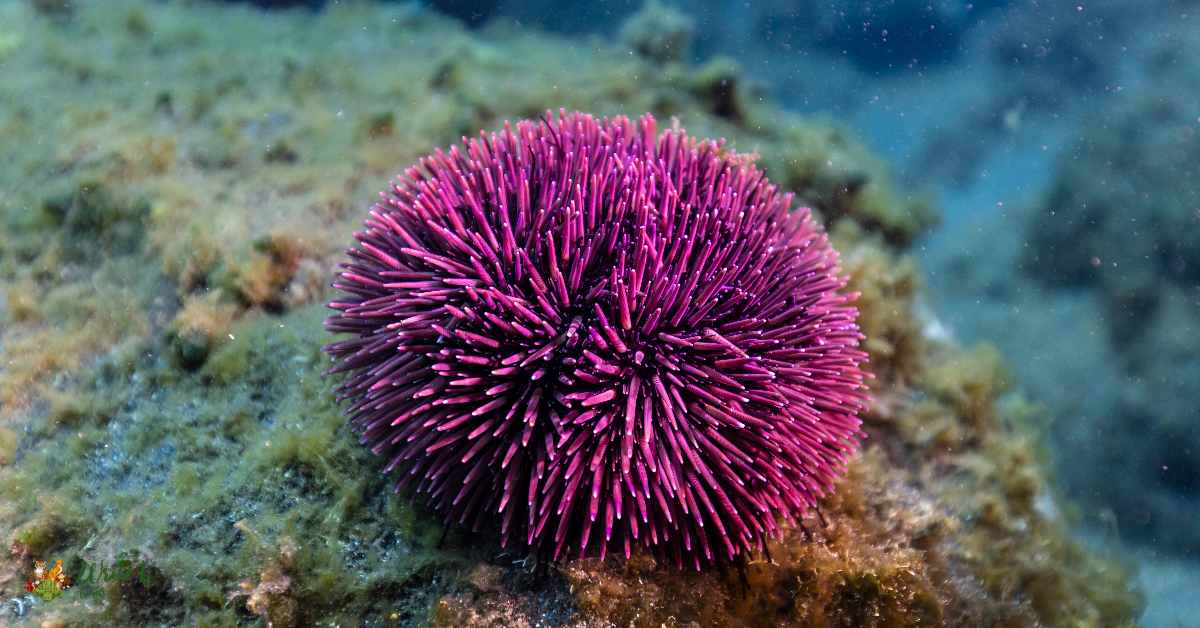
Purple sea urchins use their specialized feeding structures, known as Aristotle’s lantern, to scrape and consume algae from rocky substrates. Their feeding behavior directly influences the distribution and density of kelp, impacting the overall structure of coastal ecosystems.
Understanding the role of purple sea urchins in regulating seaweed populations provides valuable insights into the delicate balance of marine communities. As key players in nutrient cycling, these herbivores contribute to the resilience and sustainability of kelp-dominated habitats.
10. Opaleye (Girella nigricans)
The opaleye, a herbivorous fish found along the Pacific coast, showcases a remarkable ability to adapt to diverse marine habitats. With its distinctive appearance and herbivorous lifestyle, this fish feeds on a variety of algae, including different species of seaweed.

Opaleyes play a crucial role in maintaining the ecological balance of rocky reefs by regulating the abundance of marine plants. Their foraging behavior involves actively grazing on seaweed , using specialized teeth to crop and consume algae.
Opaleyes are known for their resilience, thriving in environments characterized by strong wave action and rocky substrates. Their feeding habits contribute to the prevention of algae overgrowth, ensuring the health of benthic communities.
11. Sea Hares (Anaspidea)
Sea hares, intriguing members of the sea slug family, exhibit herbivorous tendencies, grazing on algae and seaweed as a primary food source. These gastropods are characterized by their soft bodies and unique appearance, resembling a hare’s ears, hence the name.
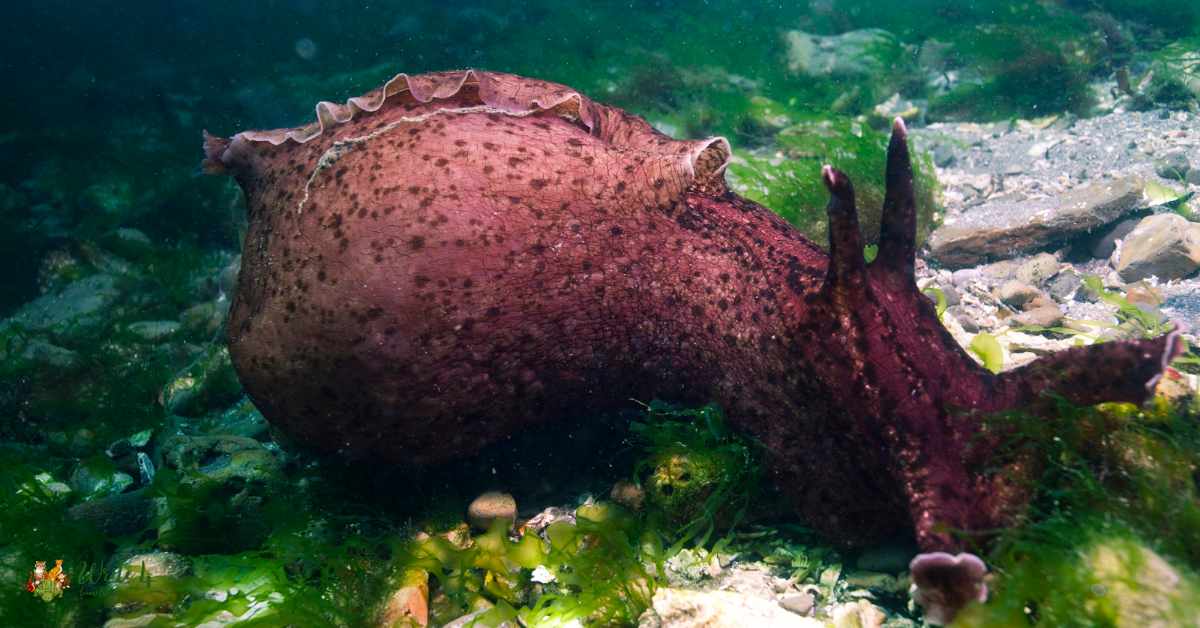
Sea hares are notable for their ability to secrete vividly colored ink as a defense mechanism against predators. In addition to their captivating features, some species actively forage for marine plants, contributing to nutrient cycling in coastal ecosystems.
As part of the broader gastropod community, sea hares showcase the diverse feeding strategies within this group and underscore the importance of herbivores in maintaining the delicate balance of marine environments.
12. Hermit Crabs (Paguroidea)
While hermit crabs are commonly associated with scavenging, some species within the Paguroidea family actively feed on seaweed, showcasing a diverse range of dietary preferences.

These crustaceans are characterized by their unique behavior of occupying empty gastropod shells for protection. While foraging for food, some hermit crabs actively consume marine plants, contributing to nutrient cycling in coastal habitats.
Their ability to adapt to different shell sizes and types enables them to navigate diverse environments, from rocky shores to sandy substrates. As part of the marine detritivore community, hermit crabs play a crucial role in breaking down organic matter, influencing the nutrient availability for other marine organisms.
13. Green Sea Turtles (Chelonia mydas)
Green sea turtles, iconic marine reptiles, are primarily herbivorous, with a diet that includes seagrasses and various types of algae, including seaweed. Recognized for their majestic appearance and gentle demeanor, green sea turtles are crucial for maintaining the health of coastal ecosystems.
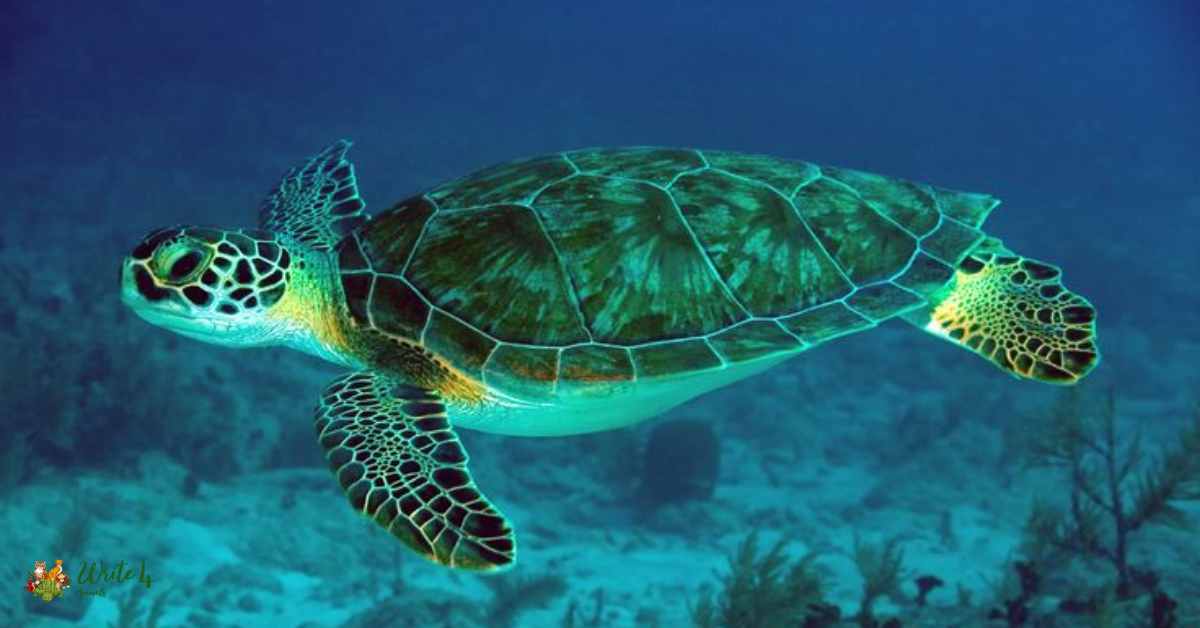
These reptiles play a significant role in seagrass bed ecosystems, contributing to seagrass and seaweed control through their herbivorous feeding habits. Green sea turtles are known for their long migrations between feeding and nesting grounds, showcasing the interconnectedness of marine habitats.
As flagship species for marine conservation, the preservation of green sea turtle populations is essential for ensuring the integrity of seagrass ecosystems and the sustainability of marine biodiversity.
14. White Abalone (Haliotis sorenseni)
White abalones, marine snails with striking spiral shells, are herbivores that graze on algae and seaweed. Inhabiting rocky substrates along the Pacific coast, these gastropods play a crucial role in shaping the composition of benthic communities.
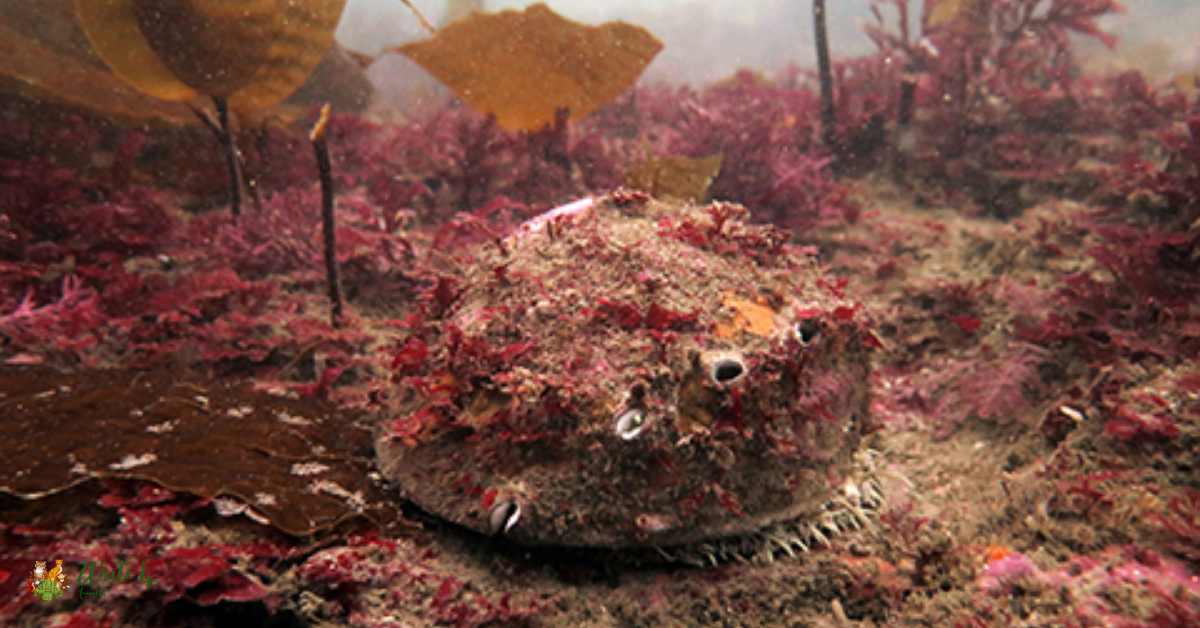
White abalones use their specialized radula to scrape and consume marine plants, contributing to nutrient cycling in coastal ecosystems. As herbivores, they influence the abundance and distribution of algae, impacting the overall structure of marine habitats.
White abalones have faced challenges related to population decline, emphasizing the need for conservation efforts to preserve their role in maintaining the ecological balance of rocky reefs.
Understanding the feeding ecology of white abalones sheds light on the intricate interactions within marine communities and the importance of preserving these herbivorous snails for the health of coastal ecosystems.
15. Parrotfish
Parrotfish, with their vibrant colors, are not just a feast for the eyes but also integral to coral reef ecosystems. Sporting beak-like teeth, they scrape algae and seaweed from coral surfaces, preventing overgrowth that could harm the reef.
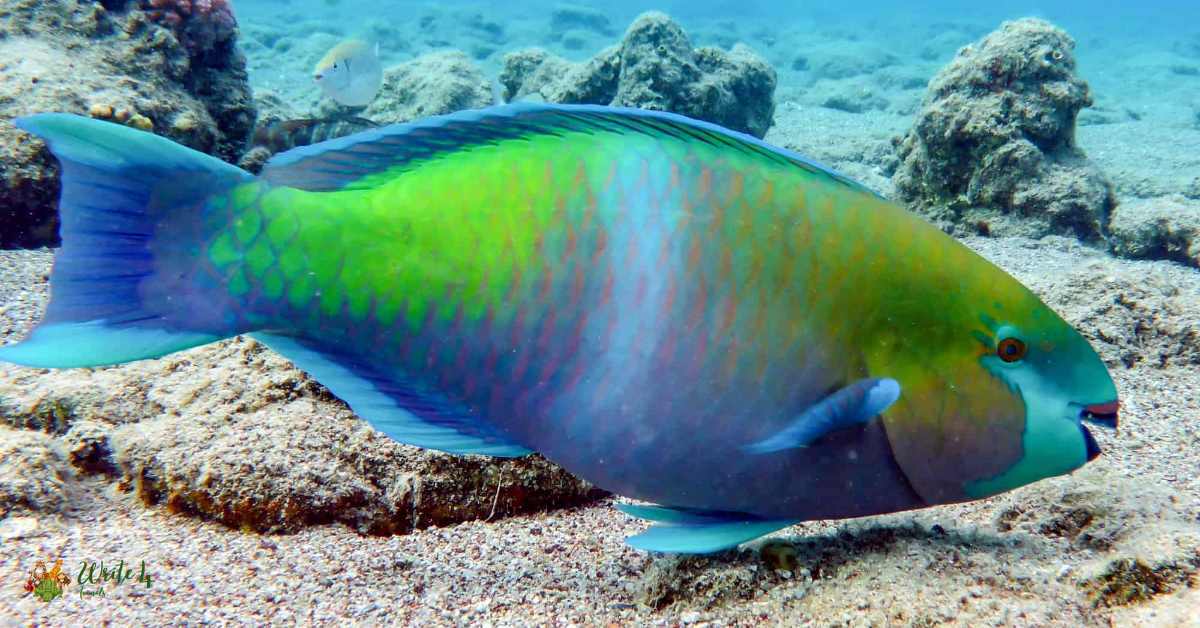
Their digestive process is unique – after extracting nutrients from the algae, they excrete fine sand, contributing to the formation of sandy beaches.
This dual role as reef caretakers and sand producers showcases the parrotfish’s vital ecological role in maintaining the delicate balance of marine environments.
Are there any dangers associated with seaweed consumption?
While seaweed is a nutritious food source for many marine animals, excessive consumption by certain species can lead to ecological imbalances. Some dangers associated with seaweed consumption for animals include habitat alteration and displacement of native species.
For example, if herbivorous species, such as sea urchins, overgraze on seaweed, it may result in the degradation of important habitats like kelp forests. This can have a cascading effect, impacting the diverse array of species that depend on these habitats for food and shelter.
Additionally, invasive species might thrive on excess seaweed, further disrupting the natural balance. Changes in seaweed abundance can affect the availability of food and shelter for various marine organisms, potentially leading to shifts in community structure and biodiversity.
While seaweed is a crucial component of marine ecosystems, maintaining a balance in consumption is essential to preserve the health and stability of underwater habitats.
Frequently Asked Questions
[sc_fs_multi_faq headline-0=”h4″ question-0=”What animals eat seaweed?” answer-0=”Various marine creatures consume seaweed, including kelp crabs, green-boned butterfish, kelp bass, Pacific blue tang, California spiny lobster, common brittle star, blue perch, bristle worms, purple sea urchins, opaleye, sea hares, hermit crabs, green sea turtles, and white abalone.” image-0=”” headline-1=”h4″ question-1=”Why do animals eat seaweed?” answer-1=”Animals eat seaweed for nutrition, as it provides essential vitamins, minerals, and energy. Additionally, some species play a key role in controlling seaweed populations to maintain a balanced marine ecosystem.” image-1=”” headline-2=”h4″ question-2=”Are there herbivorous fish that eat seaweed?” answer-2=”Yes, herbivorous fish like kelp bass, opaleye, and blue perch actively feed on seaweed, contributing to the regulation of marine plant populations in coastal habitats.” image-2=”” headline-3=”h4″ question-3=”Do sea urchins consume seaweed?” answer-3=”Yes, purple sea urchins are herbivores that graze on seaweed, particularly in kelp forests. They play a crucial role in controlling the abundance of marine plants.” image-3=”” headline-4=”h4″ question-4=”What role do hermit crabs play in seaweed consumption?” answer-4=”Some hermit crab species actively feed on seaweed, contributing to nutrient cycling in coastal habitats. Their diverse diet showcases adaptability within the Paguroidea family.” image-4=”” headline-5=”h4″ question-5=”How do green sea turtles contribute to seaweed control?” answer-5=”Green sea turtles are herbivores that graze on various types of algae, including seaweed. They play a significant role in controlling seaweed populations in seagrass bed ecosystems.” image-5=”” headline-6=”h4″ question-6=”Are there marine snails that eat seaweed?” answer-6=”Yes, white abalones are herbivorous marine snails that graze on algae and seaweed, influencing the abundance and distribution of marine plants in rocky reefs.” image-6=”” headline-7=”h4″ question-7=”What is the ecological significance of animals that eat seaweed?” answer-7=”Animals that consume seaweed contribute to nutrient cycling, regulate marine plant populations, and help maintain the overall balance and health of coastal ecosystems.” image-7=”” count=”8″ html=”true” css_class=””]
Recommended
1.Polar Bear vs Kodiak Bear Comparison
